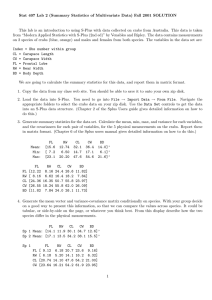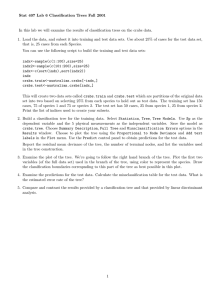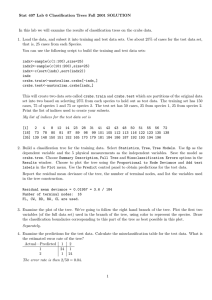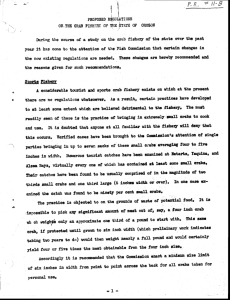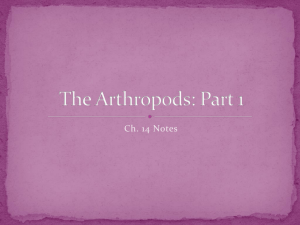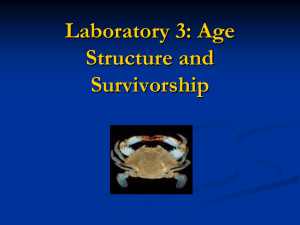Populations+&+Communities+Study+Guide
advertisement
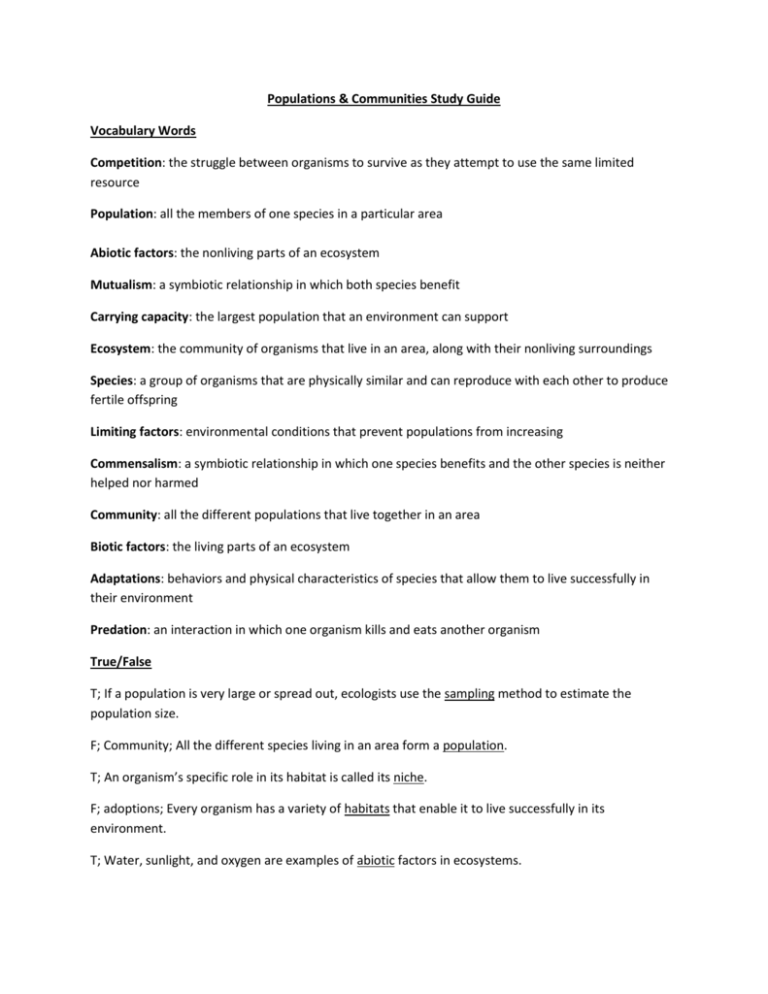
Populations & Communities Study Guide Vocabulary Words Competition: the struggle between organisms to survive as they attempt to use the same limited resource Population: all the members of one species in a particular area Abiotic factors: the nonliving parts of an ecosystem Mutualism: a symbiotic relationship in which both species benefit Carrying capacity: the largest population that an environment can support Ecosystem: the community of organisms that live in an area, along with their nonliving surroundings Species: a group of organisms that are physically similar and can reproduce with each other to produce fertile offspring Limiting factors: environmental conditions that prevent populations from increasing Commensalism: a symbiotic relationship in which one species benefits and the other species is neither helped nor harmed Community: all the different populations that live together in an area Biotic factors: the living parts of an ecosystem Adaptations: behaviors and physical characteristics of species that allow them to live successfully in their environment Predation: an interaction in which one organism kills and eats another organism True/False T; If a population is very large or spread out, ecologists use the sampling method to estimate the population size. F; Community; All the different species living in an area form a population. T; An organism’s specific role in its habitat is called its niche. F; adoptions; Every organism has a variety of habitats that enable it to live successfully in its environment. T; Water, sunlight, and oxygen are examples of abiotic factors in ecosystems. Problems Students counted 45 sand crabs in a 5-meter by 3-meter section of a beach. What was the population density of sand crabs in that section? 3 crabs per square meter (5 m x 3 m = 15 m squared; 45 crabs / 15 m squared = 3 crabs per m squared) The entire beach measured 40 meters by 15 meters. Estimate the total population of sand crabs on the entire beach. 1,800 crabs (40 m x 15 m = 600 m squared; 600 m squared x 3 crabs per m squared = 1,800 crabs Essay Use an example to explain how a limiting factor can prevent a population from increasing indefinitely. Limiting factors include the amount of food available, the amount of space available, and weather conditions. At some point, limiting factors would cause the population to begin decreasing. Identify one example of parasitism, and describe the interaction between the two species. Explain why parasites usually do not kill their hosts. One example of parasitism is a tapeworm (the parasite) living inside a dog (the host). The tapeworm benefits because it gets food from the dog. The dog is harmed because the tapeworm takes nutrition from the dog and weakens it. Parasites usually do not kill their hosts because they would then lost their sources of food. Graphs/Charts There will be a picture of a nature scene and you will have to identify all the biotic factors and abiotic factors. Also, you will have to identify the specific habitat of each animal that is listed. There will also be pictures showing the process of succession and how it can change over time. You will have to tell me what type of succession is being shown in the pictures (primary/secondary). Describe animals that can and cannot survive in a forest ecosystem based on the pictures, and describe to me how the ecosystem changed from picture to picture.
